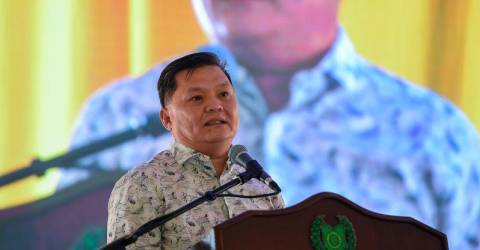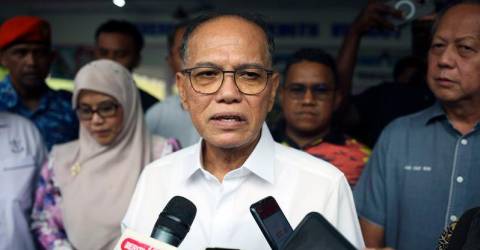ADVERTISE HERE
KUCHING: There is an increasing need for rehabilitation centres due to the ageing population and the surge in chronic diseases or non-communicable diseases (NCD) in the country.
Bandar Kuching Member of Parliament Dr Kelvin Yii said currently, there is only one Social Security Organisation (Socso) rehabilitation centre operating – which is the Tun Abdul Razak Perkeso Rehabilitation Centre in Ayer Keroh, Melaka.
He said the second centre which is built in Ipoh is scheduled to begin operations this year and a third in Terengganu is still under construction.
“As of now, there is none in East Malaysia and those that apply to such rehabilitation centres need to fly all the way to other states to seek such services.
“As such, it causes a lot of inconveniences, especially those dependent on family members to take care of them,” he said in a statement Tuesday.
Therefore, he welcomed the recent announcement by Human Resource Minister Steven Sim to establish three more Socso rehabilitation centres including in Sabah and Sarawak within the next five years.
Yii said based on the land demographics and logistical difficulties faced by those in Sabah and Sarawak, there is indeed an urgent need for such centres in both these states to cater for their needs.
Since the Tun Abdul Razak Perkeso Rehabilitation Centre in Melaka opened in 2014, it has provided services to more than 15,000 Socso contributors and non-contributors to undergo rehabilitation after being involved in an accident or contracting illnesses while on duty.
According to Yii, the centre has state of the art equipment and assets for rehabilitation, housing the Neuro-Robotics Rehabilitation and Cybernics Centre, which utilises neuro-robotic Hybrid Assistive Limb (HAL) robots from Cyberdyne Inc, Japan.
The Cybernics Centre is the first in Malaysia and the Asean region and the biggest in the world to offer Cyberdyne HAL treatment services.
“Many of their patients who suffered multiple work-place injuries and illnesses such as spinal cord injury (SCI), trauma of limps, stroke and others were successfully treated using technology-based rehabilitation methods for complex muscular and physical dysfunctions.
“Of that number, about 70 per cent (or two out of three patients) managed to return to work after undergoing intensive rehabilitation treatment at the centre.
“Such facilities and technology should be expanded so that all Malaysians who need them can get access regardless of their background or even demographics,” he said.
Yii said he would be working closely with the Ministry and Socso to ensure the proposal is implemented properly taking into account all necessary factors for the good of the people in the region.

 1 year ago
145
1 year ago
145



 English (US) ·
English (US) ·